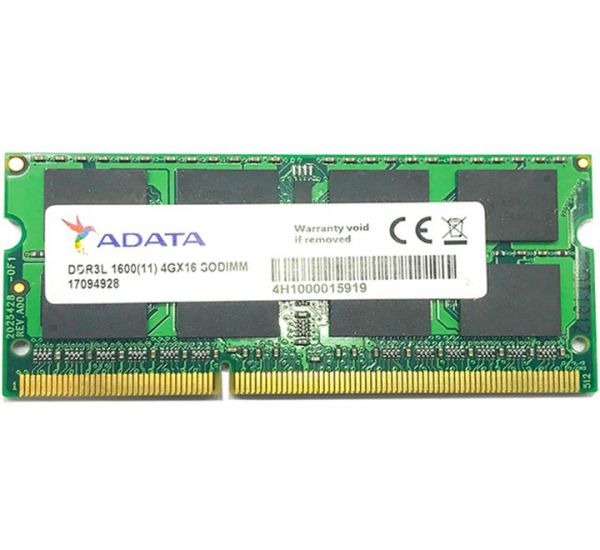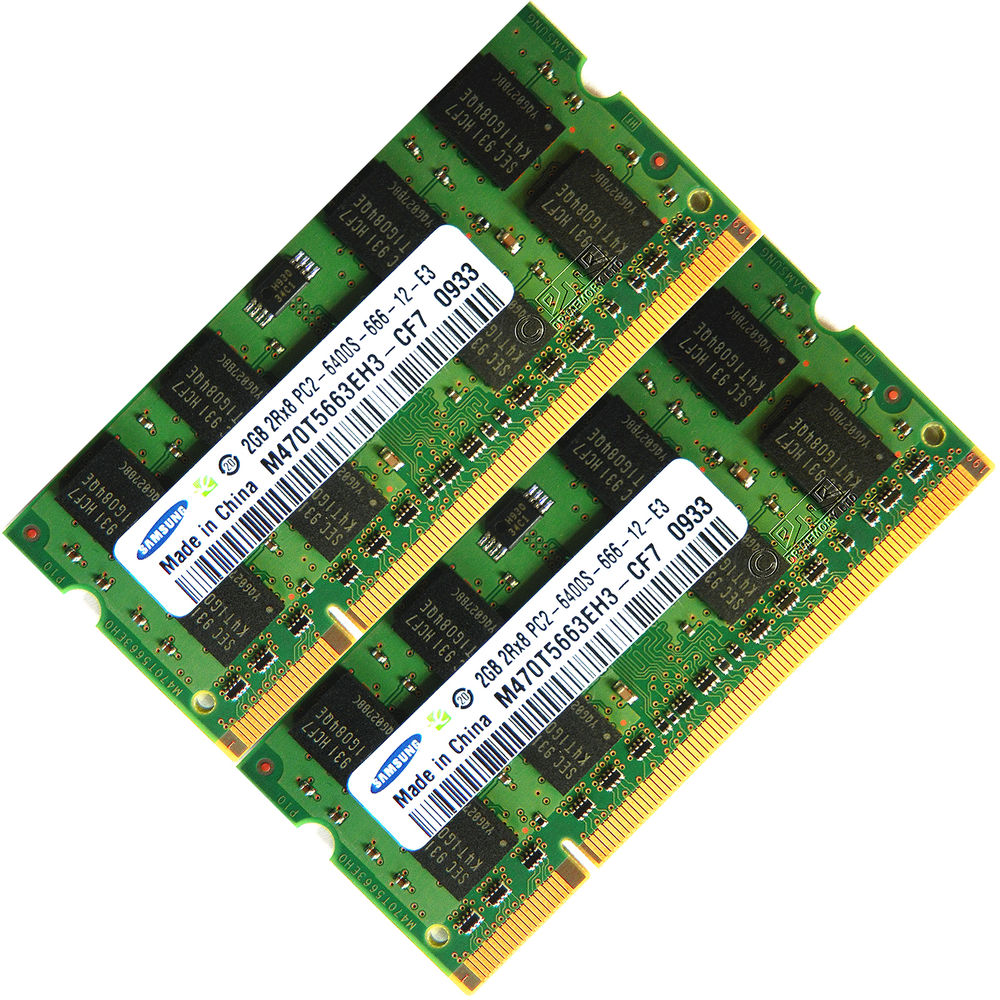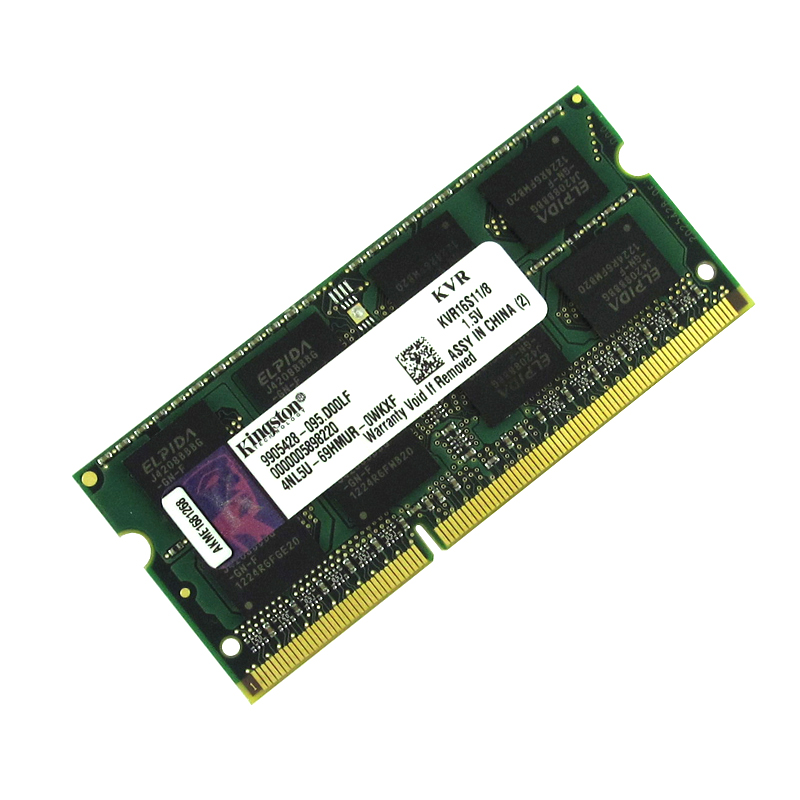Laptop Ram Ddr3 4gb Price In Pakistan

The cost of aging technology continues to be a pain point for many Pakistani consumers, particularly concerning the price of 4GB DDR3 laptop RAM. While newer standards like DDR4 and DDR5 dominate the market, a significant segment of the population relies on older laptops requiring DDR3, leading to a unique and often frustrating price dynamic.
This article delves into the factors influencing the price of 4GB DDR3 laptop RAM in Pakistan, examining market trends, availability, and the impact on users who depend on this legacy technology. We will explore the perspectives of retailers, consumers, and industry analysts to provide a comprehensive understanding of this niche market.
The Nut Graf: A Balancing Act of Supply and Demand
The price of 4GB DDR3 laptop RAM in Pakistan is a complex interplay of limited supply, persistent demand from users with older systems, and import duties. The dwindling production of DDR3 modules, coupled with the need to import these components, creates a situation where prices remain relatively high despite the technology's age. This impacts students, small business owners, and individuals who rely on these older laptops for essential tasks.
Market Dynamics and Pricing Trends
According to market surveys conducted by Pakistani tech websites, the average price of a new 4GB DDR3 laptop RAM module in Pakistan currently ranges from PKR 2,500 to PKR 4,000. Used modules can be found for slightly less, but their reliability is a major concern. Retailers report that the price has remained relatively stable over the past year, showing only minor fluctuations based on import costs and availability.
“We still see consistent demand for DDR3 RAM," says *Ahmed Khan*, a computer hardware retailer in Karachi. "Many customers are looking to upgrade their older laptops instead of buying new ones, and 4GB is often the maximum they can install. This keeps the demand alive even as the supply shrinks.”
The majority of available DDR3 RAM is imported from China, with import duties and transportation costs contributing significantly to the final price. Fluctuations in the exchange rate between the Pakistani Rupee and the US Dollar also impact the import cost, subsequently affecting retail prices.
Impact on Consumers
For many Pakistani consumers, especially those on a limited budget, upgrading RAM is a cost-effective way to improve the performance of their existing laptops. However, the relatively high price of DDR3 can be a barrier. This is particularly true for students and low-income families who depend on older laptops for online education and basic computing tasks.
“I needed to upgrade my laptop's RAM to run online classes smoothly, but the price of 4GB DDR3 was more than I expected," shares *Fatima Ali*, a university student in Lahore. "I ended up buying a used module, but I worry about how long it will last.”
The alternative to upgrading RAM is purchasing a new laptop, which is often significantly more expensive. This makes DDR3 RAM a necessary component for many, despite its aging technology.
The Second-hand Market: A Risky Alternative
The second-hand market for DDR3 RAM is active but comes with its own set of risks. While prices are generally lower, the condition and reliability of used modules can be unpredictable. There is also a higher risk of purchasing counterfeit or faulty products.
Experts advise caution when buying used RAM, recommending thorough testing and purchasing from reputable sellers. The lack of warranties on used modules further exacerbates the risk, leaving consumers vulnerable to potential losses.
Industry Perspectives and Future Outlook
Industry analysts predict that the price of DDR3 RAM is unlikely to decrease significantly in the near future due to the declining production and continued demand. As manufacturers shift their focus to newer memory standards, the supply of DDR3 will continue to dwindle, potentially driving prices even higher.
According to a report by Pakistan Tech Insights, "The long-term solution is the gradual phasing out of older systems. However, until then, the demand for DDR3 RAM will persist, keeping prices at a relatively high level.”
Some retailers are exploring alternative sourcing options to mitigate the impact of import costs. Others are focusing on providing comprehensive testing and warranty services for used RAM modules to build consumer trust.
Conclusion: Navigating the Legacy Tech Landscape
The price of 4GB DDR3 laptop RAM in Pakistan highlights the challenges of supporting legacy technology in a rapidly evolving market. While the demand for this older standard remains, the limited supply and import costs contribute to prices that can be prohibitive for many consumers.
As the technology continues to age, consumers must weigh the costs and risks of upgrading versus replacing their systems. The situation calls for greater transparency in the second-hand market and innovative solutions to bridge the digital divide for those reliant on older laptops.
Ultimately, the future of DDR3 RAM in Pakistan hinges on the adoption of newer technologies and the ability of consumers to access affordable alternatives. Until then, the price of this legacy component will remain a significant factor in the lives of many Pakistani users.


















